West Indian Manatee Facts
- The informative term of West Indian Manatee serves as the most frequently employed name for this marvel of Nature and evolution. It does have another, less often used title, though. That’s the equally informative term of North American Manatee.
- Among scientific professionals, however, it’s generally referred to by its technical moniker. Luckily for the layperson, that’s a comparatively simple to pronounce term. That’s because this marvelous mammal bears the formal title of Trichechus manatus.
- The magnificent animal received that relatively short title due to the efforts of Carl Linnaeus. The esteemed Swedish zoologist accomplished the first official recognition of it as a separate and distinct species. He managed this feat in the year 1758.
- No matter which of these various names one uses, though, it remains a remarkable species. That’s partly due to the fact that it’s the largest known member of its Order, the Sirenians. Two acknowledged subspecies of the animal also remain extant.
- Presently, the population base of the West Indian Manatee continues to rebound, albeit slowly. That fortunate trend also appears to hold true throughout the entirety of its range. Prior to protective actions, the IUCN listed it as Endangered on its Red List.
- Due to a small but steady rise in numbers since those actions, it now lists as Vulnerable. The remarkable mammal nevertheless still faces numerous threats to its existence. These include such factors as habitat loss, and the looming danger of climate change.
Related Articles
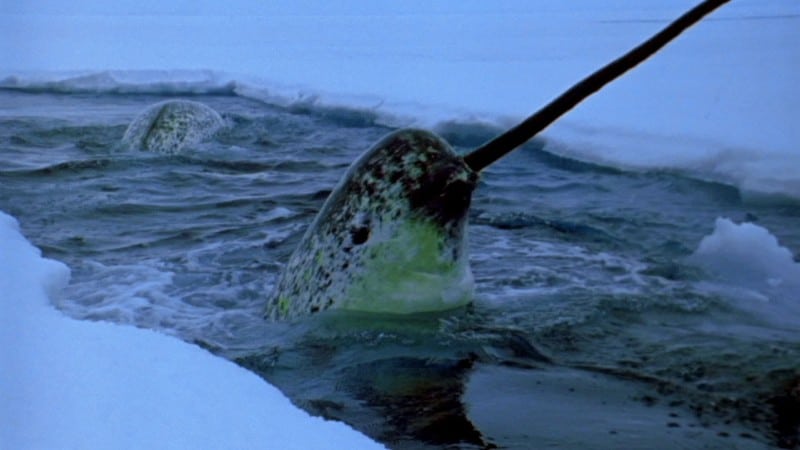
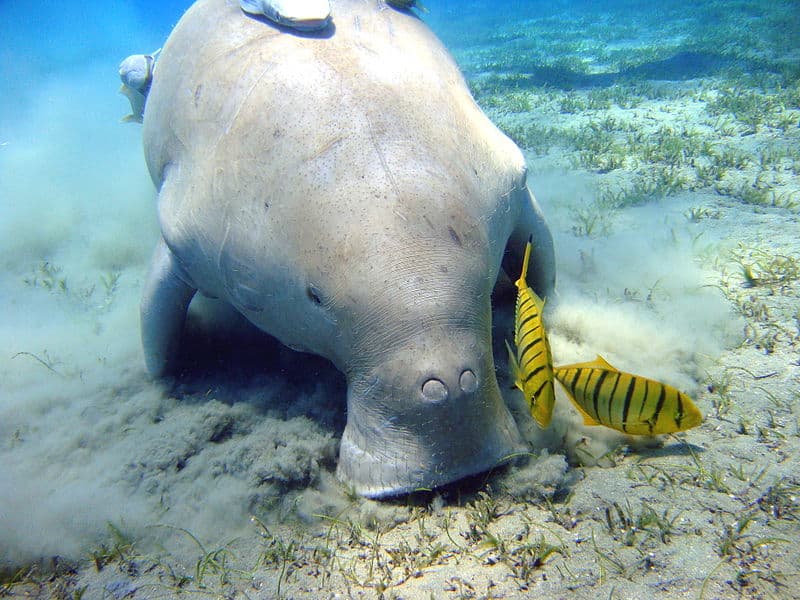
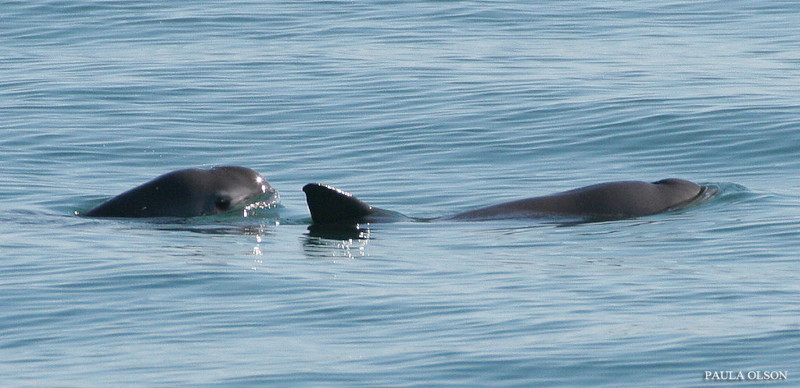
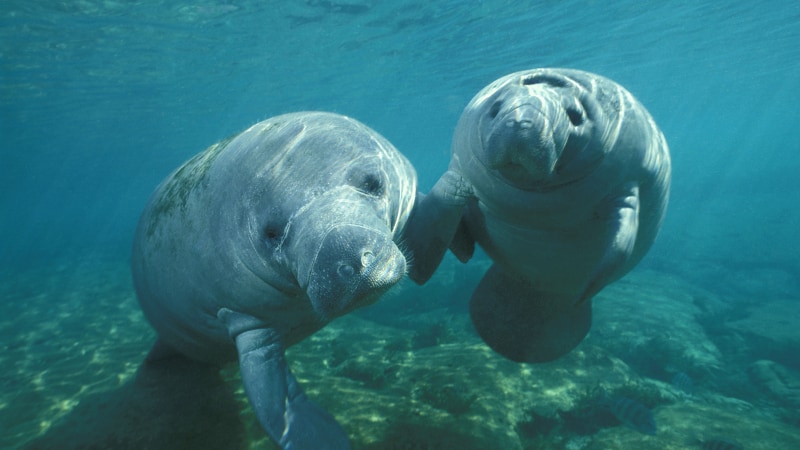
West Indian Manatee Physical Description
The stunning West Indian Manatee quickly impresses those lucky enough to encounter one in the wild. The distinctive creature does so, however, for a variety of reasons. Though certainly not the only reason, of course, its sheer size nonetheless ranks as one of them.
Like most mammals, it also displays a certain amount of the physiological characteristic known as sexual dimorphism. In its specific case, this trait manifests itself in terms of physical dimensions. More specifically, females attain a larger average size than males.
The difference generally remains minor, though. It’s therefore typically difficult for untrained observers to distinguish the two genders. As a general principle, individuals achieve an impressive size, regardless of gender. Exceptional specimens of both sexes also occur.
It additionally develops a largely streamlined body shape. Being fully aquatic in nature, the creature possesses no hind limbs. But, in their place, the remarkable Sirenian develops a broad, spatula-like tail. It also has a short, yet prehensile snout, similar to an elephant.
Overall, mature adults reach lengths averaging between 8.9 – 11.5 ft (2.7 – 3.5 m). Weights also vary between individuals, with females naturally usuallybeing the heavier. The adults usually range in weight from approximately between 440 – 1,320 lb (200 – 600 kg).
Those same exceptional specimens sometimes attain masses of as much as 3,649 lb (1,655 kg). Except for such rare cases, both genders of the West Indian Manatee appear the same. Normally, the color of the skin presents as an overall brown and gray mixture.
Their appearance still varies, though. This occurs due to several reasons. Algae and barnacles both frequently attach themselves to large portions of the body. Many specimens also develop scars from conflicts. These show white, and often remain for decades.
- Kingdom: Animalia
- Phylum: Chordata
- Class: Mammalia
- Order: Sirenia
- Family: Trichechidae
- Genus: Trichechus
- Species: T. manatus
West Indian Manatee Distribution, Habitat, and Ecology
The marvelous West Indian Manatee evolved as endemic to a moderately broad swathe of the marine waters of the world. The name itself provides at least some indication of a portion of that range. It lives in a specific yet restricted portion of the Atlantic Ocean.
As that title implies, the creture seems to be primarily, though not wholly, endemic to the West Indies. Its full range, however, extends from the east coast of the United States to the northeastern tip of South America. It’s currently unknown if it ever lived anywhere else.
The animal further seems to be highly evolved in terms of habitat preferences. Generally, it resides almost exclusively in shallow areas along various coasts. Despite its being a creature of the seas, it also displays a remarkable adaptability in terms of where it appears.
That’s because the animal possesses the ability to handle changes in salinity very well. Thus, the intrepid explore often ventures into areas of fresh water. These include such surprising regions as shallow rivers and estuaries. One once ventured into a river in Tennessee!
As a general principle, the gorgeous West Indian Manatee lives a primarily solitary life. Usually, groups only form during mating season. Sometimes, thouh, such groups come together, apparently coincidentally, in warmer waters during the winter season.
It feeds mainly as a herbivore. In doing so, it consumes over 60 varieties of aquatic plants, and a few small fish and invertebrates. These include both marine and freshwater species. It itself has few known natural predators. These consist of orcas, large sharks, and alligators.
Species Sharing Its Range
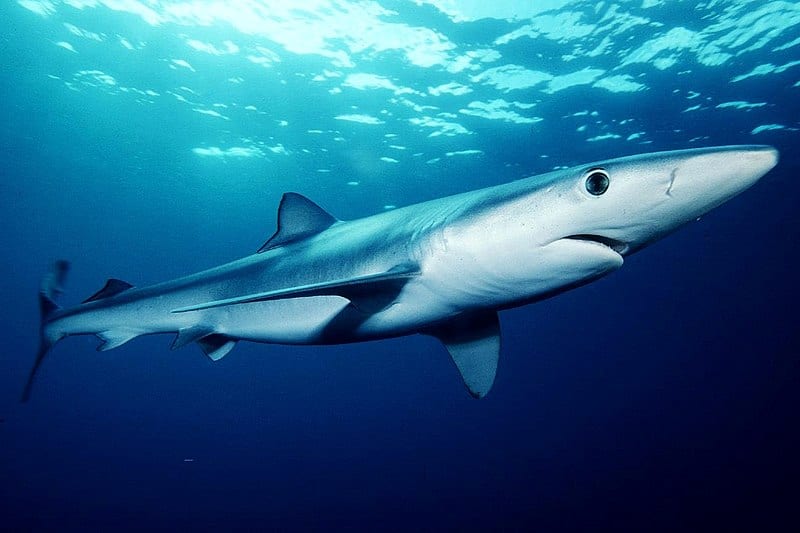
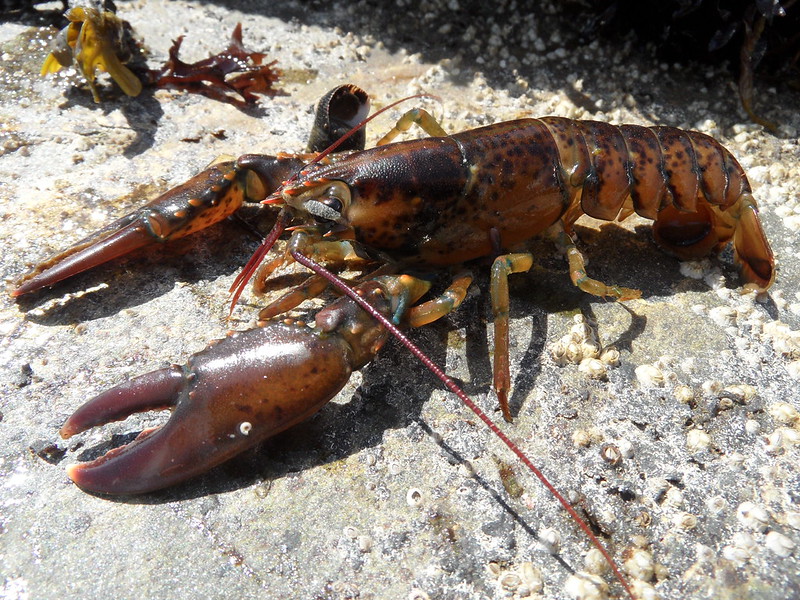
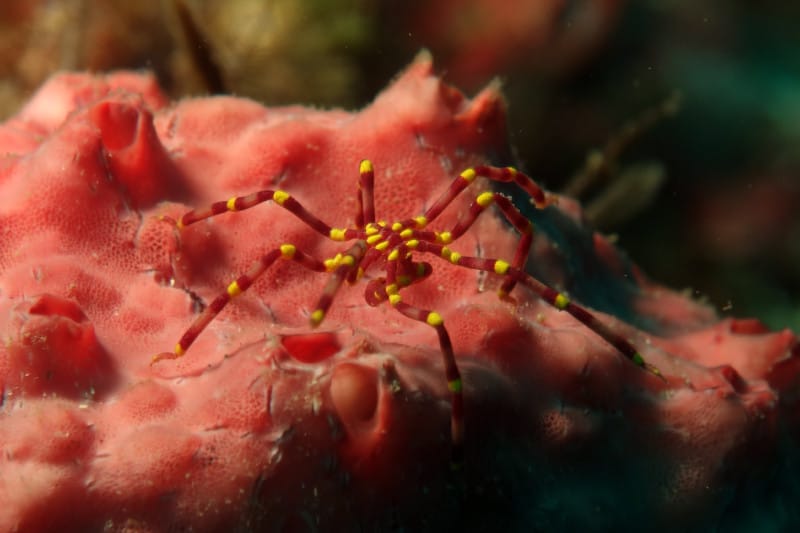
Check out our other articles on 5 Woefully Rare Woody Shrubs, Dusky Dolphin, False Killer Whale, Earth’s Many Stunning Waterfalls, Wallace’s Giant Bee, Tiger Rattlesnake, Sturt’s Desert Pea
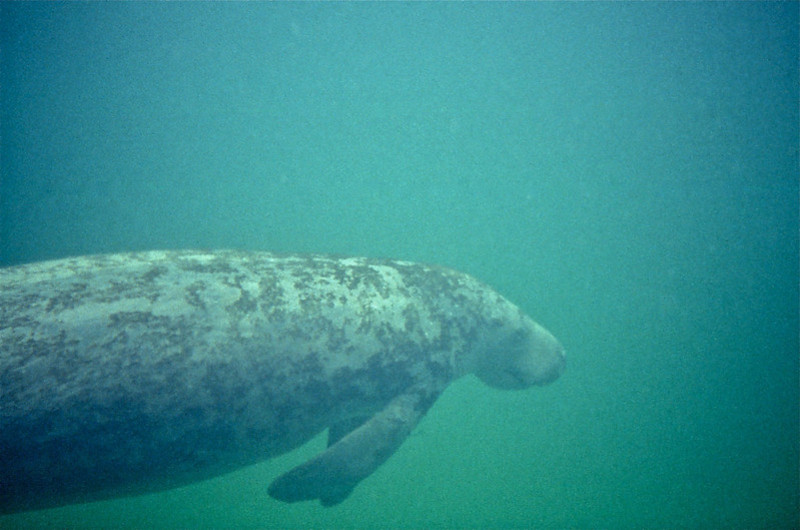
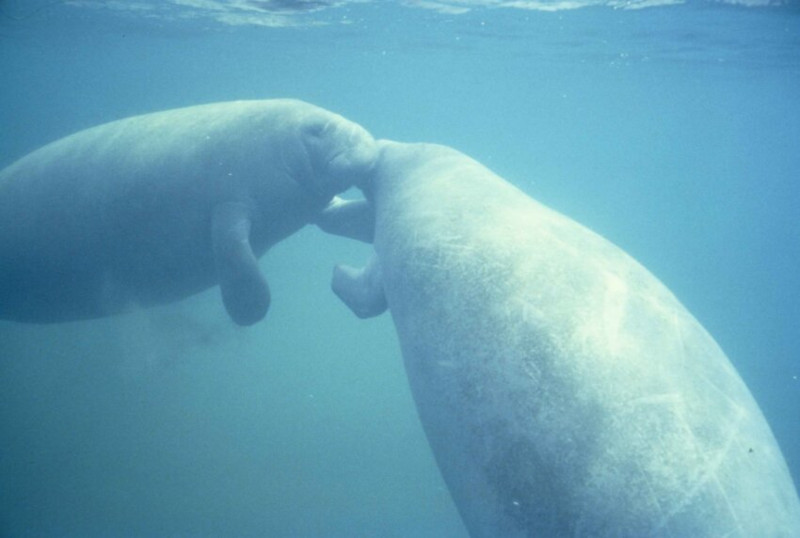









Leave a Reply